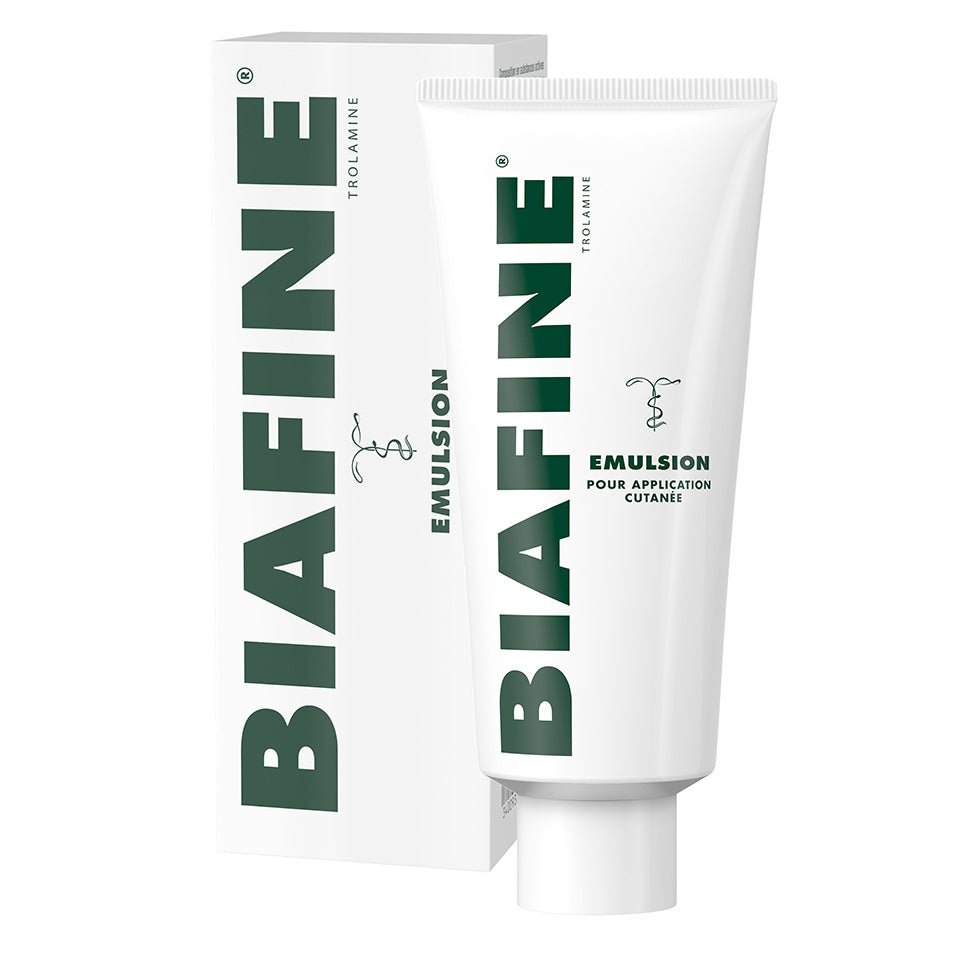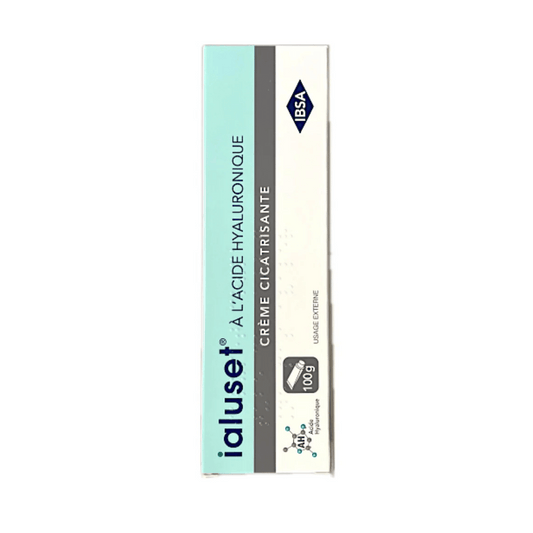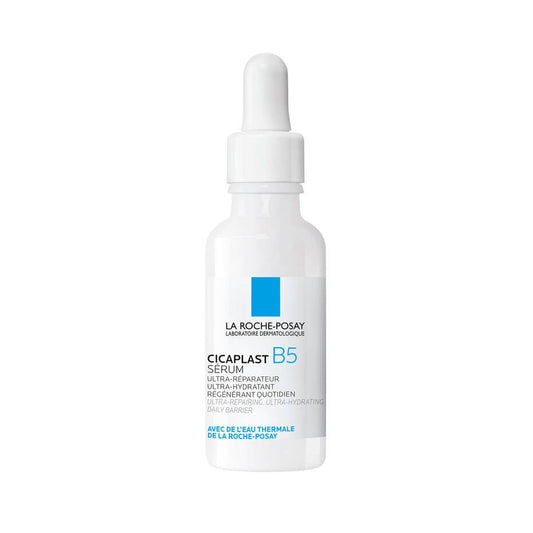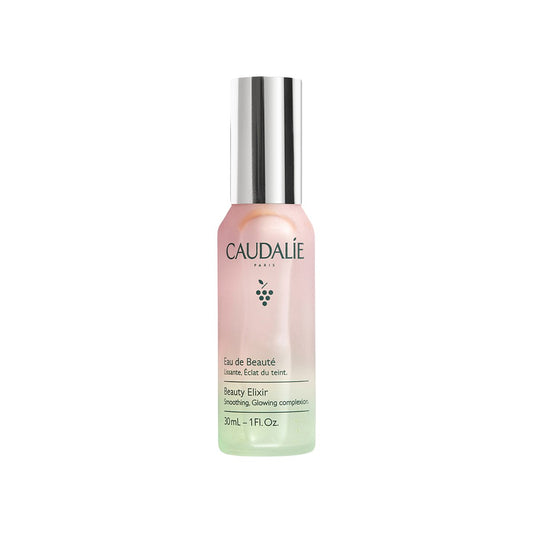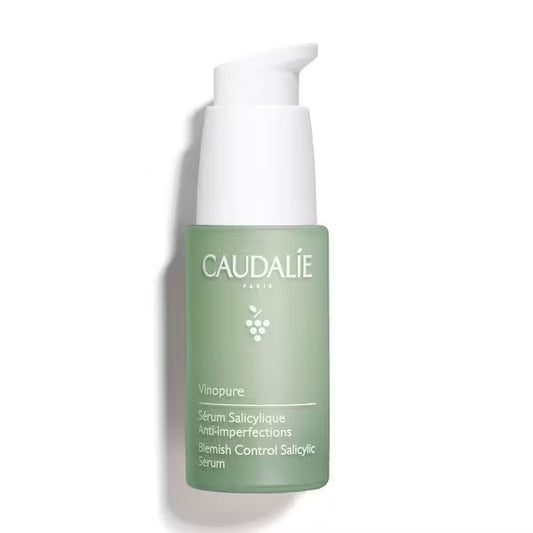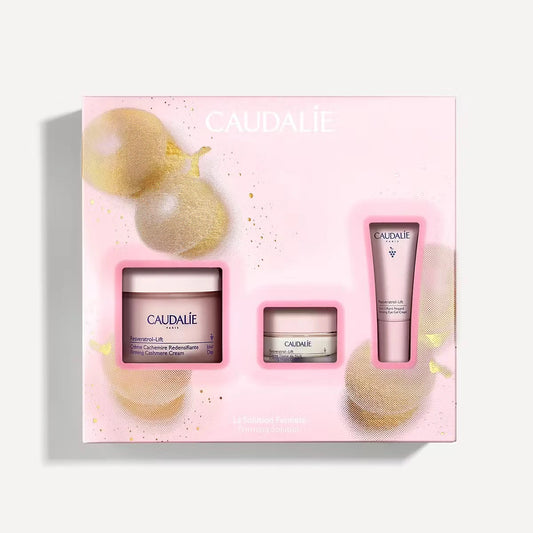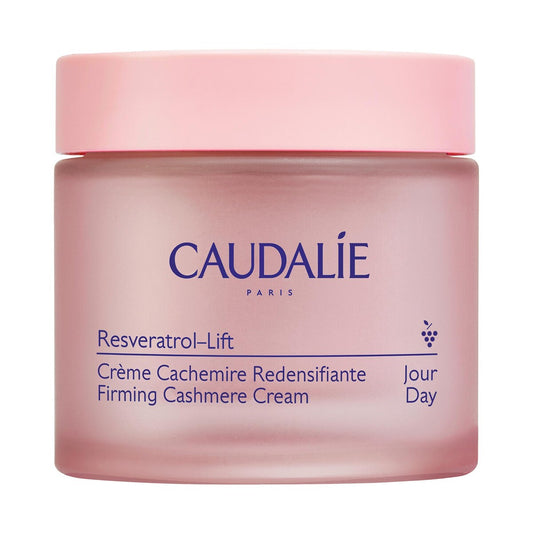Can I Use Retinol After Botox?
Share
Table of Contents
- Can I Use Retinol After Botox?
- Potential Side Effects of Botox
- What to Do Before Botox
- What to Do After Botox
- Managing Swelling and Bruising
- What to Avoid Post-Treatment
- Retinol and Botox: The Timeline
- How Long Does Botox Take to Work?
- When You Might Need a Touch-up
- Your In-Between Treatment Routine
- Before Your Next Injection
- Maintaining Results with Proper Skincare
- In Summary
Quick Summary
You should avoid using retinol for at least 24 hours after Botox injections to prevent skin irritation and potential interference with the treatment. After this initial period, retinol can be reintroduced gradually as part of your skincare routine. Always follow your provider's specific recommendations, as they may advise longer waiting periods based on your skin's sensitivity and treatment areas.
Can I Use Retinol After Botox?
Understanding the dos and don'ts after undergoing a Botox treatment is crucial for achieving the best results. One common question that arises is, "Can I use retinol after Botox?" This article aims to answer this question and provide a comprehensive guide on post-Botox care.
Potential Side Effects of Botox
Like any medical procedure, Botox can have potential side effects. Although rare, some people may experience:
- Bruising at injection sites
- Temporary swelling
- Redness
- Mild headache
- Slight drooping (rare)
These side effects are generally temporary and subside within a few days. Serious side effects are extremely rare when Botox is administered by a qualified professional.
What to Do Before Botox
To prepare for your Botox treatment and minimize potential complications:
- Avoid blood-thinning medications and supplements such as aspirin, ibuprofen, and vitamin E for about a week
- Refrain from consuming alcohol for 24 hours before your appointment
- Discontinue retinol products 2-3 days before treatment
- Inform your provider about any medications you're taking
- Arrive with a clean face, free of makeup
Following these steps helps minimize the risk of bruising and ensures optimal treatment results.
What to Do After Botox
After receiving Botox injections:
- Remain upright for at least 4 hours
- Avoid touching, rubbing, or massaging the treated areas for 24 hours
- Gently cleanse your face without applying pressure to injection sites
- Stay hydrated
- Practice facial expressions to help distribute the Botox (your provider may give specific instructions)
These practices help prevent the Botox from spreading to unintended muscles and ensure the treatment settles properly.
Managing Swelling and Bruising
To reduce swelling and bruising after Botox:
- Apply a cold compress to the treated area for 10 minutes at a time (avoid direct pressure)
- Consider over-the-counter Arnica tablets or topical creams
- Use a gentle, non-irritating moisturizer
- Sleep with your head elevated for the first night
- Continue avoiding blood-thinning medications unless medically necessary
Most bruising and swelling should subside within 2-3 days after treatment.
What to Avoid Post-Treatment
For at least 24-48 hours after Botox, avoid:
- Strenuous exercise or activities that cause sweating
- Alcohol consumption
- Direct sun exposure
- Saunas, hot tubs, and extremely hot showers
- Facials, chemical peels, and microdermabrasion
- Potent skincare ingredients like retinol, glycolic acid, and vitamin C
- Lying down for prolonged periods
These activities could potentially cause the Botox to diffuse beyond the intended treatment area or increase irritation.
Retinol and Botox: The Timeline
Retinol is a powerful anti-aging ingredient, but it requires careful timing when used alongside Botox treatments:
- Before Botox: Stop using retinol 2-3 days before your appointment
- After Botox: Wait at least 24 hours before reintroducing retinol
- For sensitive skin: Wait 48-72 hours or as directed by your provider
Why this timeline matters:
- Retinol can increase skin sensitivity at injection sites
- It may temporarily increase blood flow to the skin, potentially causing more bruising
- Post-Botox, your skin needs time to recover before exposure to active ingredients
Once you resume using retinol, start with a lower frequency than usual and gradually build back to your normal routine as your skin adjusts.
How Long Does Botox Take to Work?
Understanding the Botox timeline helps manage expectations:
- Initial changes: 2-3 days
- Continued improvement: 5-7 days
- Full effect: 10-14 days
- Duration of results: Typically 3-4 months for most patients
Results vary based on the treatment area, dosage, and individual factors like metabolism and muscle strength.
When You Might Need a Touch-up
Consider a touch-up if:
- After 2 weeks, you still see significant movement in the treated areas
- There's asymmetry in results (one side appears different than the other)
- Your desired level of correction wasn't achieved with the initial treatment
Always consult with your provider before seeking a touch-up. They can assess whether additional units are necessary and ensure enough time has passed since your initial treatment.
Your In-Between Treatment Routine
Between Botox sessions, maintain results with:
- A consistent, quality skincare routine
- Daily broad-spectrum sunscreen (SPF 30+)
- Gentle cleansing morning and night
- Regular moisturizing to maintain skin barrier health
- Antioxidant serums during the day
- Retinol products at night (once cleared to resume)
- Adequate hydration and a healthy diet
A well-rounded approach to skin health extends and enhances the results of your Botox treatments.
Before Your Next Injection
As you prepare for maintenance treatments:
- Schedule appointments 3-4 months apart or as recommended by your provider
- Follow the same pre-treatment guidelines as your initial session
- Discuss any concerns or desired adjustments with your provider
- Bring photos of your results at peak effect if you want to maintain that specific look
- Consider maintaining a treatment journal to track your results and preferences
Regular maintenance treatments often require fewer units over time as muscles become trained to relax.
Maintaining Results with Proper Skincare
Maximize your Botox results with complementary skincare:
- Choose products appropriate for your skin type
- Incorporate hydrating ingredients like hyaluronic acid
- Use peptide-based products to support collagen production
- Apply retinol at night to address skin texture and fine lines
- Protect with antioxidants and SPF during the day
- Consider professional treatments like light chemical peels between Botox sessions
Remember that Botox addresses dynamic wrinkles caused by muscle movement, while skincare helps with skin texture, tone, and static wrinkles.
In Summary
Retinol can be safely used after Botox, but timing is important. Wait at least 24 hours post-treatment before reintroducing retinol into your skincare routine. For optimal results, follow all pre and post-treatment guidelines, maintain a consistent skincare regimen between treatments, and work closely with your provider to develop a personalized approach to your aesthetic goals.
*This article contains general information only. You should always consult a healthcare professional who can best advise you on treatments and products suited to your needs.*
